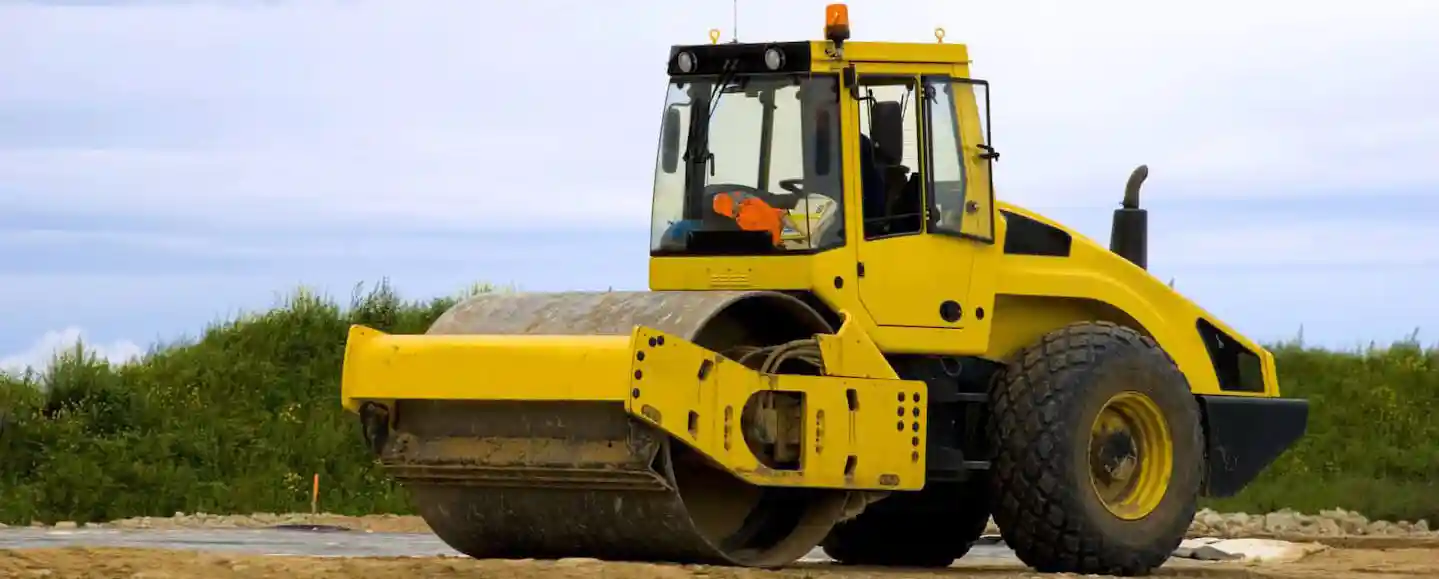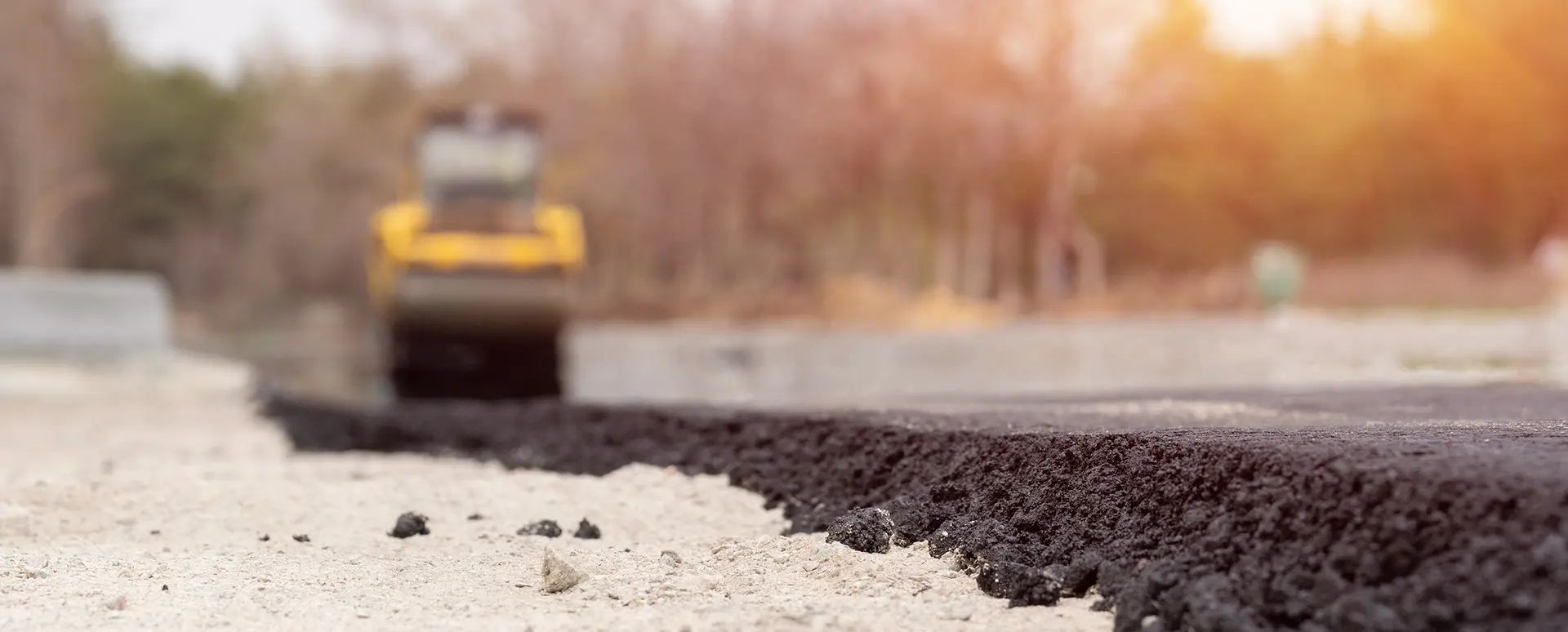Solutions
Soil Modification
What is Soil Modification?
Soil Modification is a technique used to improve the engineering properties of soil and create a more stable working platform for construction operations. This includes improving the soil’s plasticity, optimum moisture content (OMC), maximum dry density (MDD), bearing capacity, and shrink-swell potential.
Lime-based reagents are often used to dry wet subgrade soils at construction sites. The benefits of lime reach far beyond drying applications with permanent strength gains associated with soil stabilization and the benefits of soil modification. The beauty of lime is that all these benefits can be realized with one process, improving existing material and eliminating the need for costly remove and replace operations.
Techniques of Soil Modification
- The most common soil modification technique is to incorporate a calcium-based reagent into the soil, such as quicklime, hydrated lime or Calciment lime kiln dust (LKD). Quicklime (calcium oxide, CaO) offers the most concentrated form of calcium and is especially effective when dealing with soils that have high clay content and plasticity. Calciment LKD is a lime-based reagent that can be used to stabilize clay soil – as a result, the soil becomes coarser and less plastic.
- A spreader truck is used to spread the product over the problematic soil.
- Both quicklime and Calciment LKD require proper hydration to effectively complete the soil modification. Often overly wet soils contain the necessary moisture, but if simultaneous drying is not necessary, water trucks are used. Hydrated lime, like its name suggests, has already been chemically combined with water to quench the hydration reaction.
- Next a soil reclaimer thoroughly mixes the reagent while simultaneously pulverizing the soil to create a homogeneous subgrade material.
- For quicklime applications, a mellow period, as short as four hours, along with a second mix is recommended to allow the reagent to fully react and integrate with the soil yielding optimal results.
- The final step before building or paving is to compact the soil with a drum or pad foot roller. See Soil Compaction: Methods, Meaning, and Effects
Benefits of Soil Modification
Improved workability
From a moisture density relationship, soil modification increases the OMC and then decreases the MDD. Essentially, the system can incorporate more water making it easier to achieve targeted compaction. As a result, for example, an overly wet, weak soil can be modified, decreasing the amount of drying necessary to reach MDD for optimal compaction.
Plasticity index reduction
After modification, improvements to critical water contents are observed. The soil’s liquid and plastic limits are altered to a point where the resulting plasticity index (PI) is reduced. The PI is a measurement of the range in moisture contents where a soil shows plastic properties and can be permanently deformed. From an engineering perspective, the lower the PI the better the soil.
Resistance to volumetric changes
The reduction of the shrink-swell potential is a huge benefit of soil modification. Clay soils can hold a large amount of water when saturated. If allowed to dry out, the loss of water leads to shrinkage. Therefore, if water content is not kept constant, large volume changes will ultimately result in damaging conditions negatively affecting any structure built upon it. Soil modification can minimize, if not eliminate, the possibility of shrinking and swelling giving an improved, structurally stable foundation. See Expansive Soil: Foundation Problems
Additionally, soil strength and load bearing capacity – typically measured using unconfined compressive strength (UCS) and the California bearing ratio (CBR) – can immediately increase resulting in improved stability for heavier loads.
The result of soil modification is an engineered fill material that is much more workable. The change in soil texture from plastic clay to a more friable material, allows for continual delivery of materials to the job site and keeps workers out of the mud.
How to Modify Soil?
Soil modification targets the clay portion of soil. The more clay present in the soil, the more modification is possible. Clay particles are sheet like and are typically negatively charged, leading them to be positioned in “edge-to-edge” orientation. Additionally, clay particles can hold a large amount of water lubricating the individual grains allowing them to easily slide around each other creating instability.
Clay soils react well with calcium-based reagents like quicklime and Calciment LKD resulting in cation exchange and molecular flocculation and agglomeration within the soil. Cation exchange is a process where divalent calcium ions from quicklime or Calciment LKD replace monovalent ions that are present on the surface of clay particles. During this process, positive and negative charges interact causing the clay particles to rearrange to edge-to-face orientation while releasing water. This molecular flocculation and agglomeration results in friction that translates to immediate strength gains.
Untreated Clay Soils
- Negative charged plates stack edge-to-edge
- Water is held by these negative charged plates

Treated Clay Soils
Divalent cations replace monovalent ions
- Causing edge-to-face bonding
- Releasing of water and producing friable soil

How Mintek Approaches Soil Modification
Pre-project geotechnical reports classify and often define site areas and soils that may need to be modified. Further lab analysis is completed at the Carmeuse Innovation Center’s soil lab using specialized equipment. Multiple dosage rates of different soil improvement reagents are incorporated with soil samples to verify the possible degree of improvement. Although not an exhaustive list, improvements to PI, UCS, bearing capacity, swell testing and moisture-density relationships are carefully assessed. Each treatment option is compared to determine the best course of action or mix design for each soil before our experts give their recommendations. On site “trial and error” is possible, but not recommended, when other factors do not permit a more detailed plan. The result of a proof roll can indicate whether soil modification is needed or if sufficient modification has occurred.
Related Blog Posts
More on Soil Modification
Soil Compaction: Methods, Meaning, and Effects
What is Soil Compaction? Soil compaction is the practice of applying mechanical compactive effort to densify a soil by reducing the void space between soil particles. Compaction occurs when particles are pressed together to reduce the space between them. Highly...
What is Hydrated Lime?
Hydrated lime, sometimes referred to as “slaked lime” or more likely just “hydrate”, is a versatile chemical with many uses across numerous industries and applications. Technically, hydrated lime is calcium hydroxide, Ca(OH)2, a derivative of quicklime – another...
Soil Testing for Construction
What is Soil Testing? Soil testing is an essential part of pre-construction to determine the properties and characteristics of the soil at a construction site. A series of tests are used in conjunction with each other to help engineers and construction professionals...


